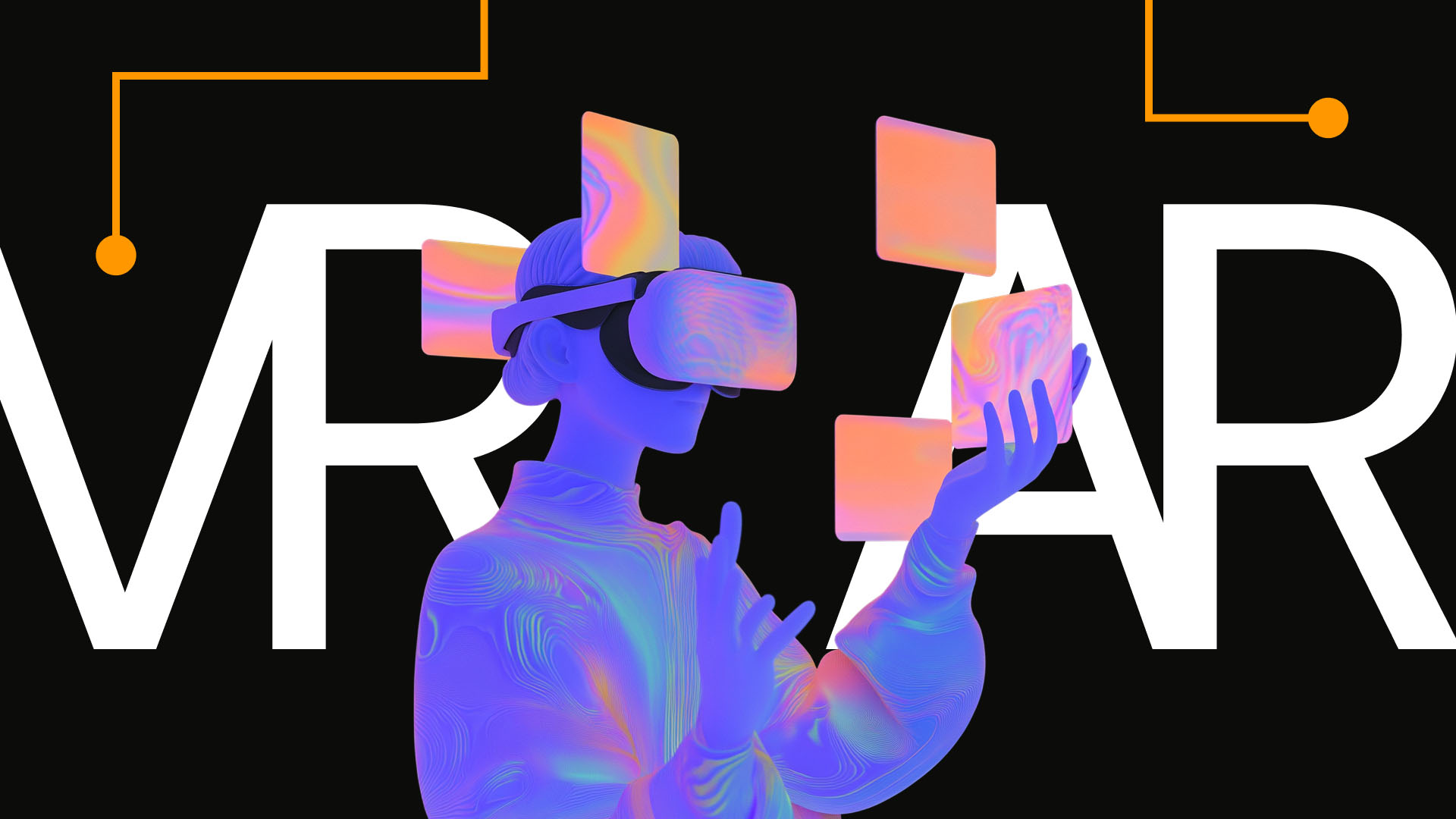Imagine a world where websites are no longer confined to the screen of your computer or smartphone, but unfold around you, surrounding you in a 3D space you can touch, feel, and explore. A world where, instead of clicking on links and buttons, you walk through them, interacting with virtual elements as if they were part of your reality. With the arrival of Meta’s augmented reality (AR) glasses and the promise of the metaverse, this vision no longer sounds so futuristic. But one inevitable question arises: Is virtual reality (VR) and augmented reality truly the future of the web, or just a passing trend?
Índice de contenidos
ToggleThe Metaverse and Meta’s AR Glasses
The metaverse has captured the imagination of tech enthusiasts and futurists, promising a virtual space where physical and digital worlds blend in real time. Meta, formerly Facebook, has made a major bet on this vision, convinced that AR and VR will not only complement but eventually replace the way we browse the web. Meta’s AR glasses are just the first step in this ambitious journey.
But an important question arises here: do we really need the web to become an extension of our physical reality? Traditional websites already allow us to access infinite information with just a few clicks, so why complicate this experience with full immersion in a virtual environment?
The Immersive Experience
Virtual and augmented reality promise to take the web experience to a never-before-seen level of immersion. Imagine walking into an online store and seeing products in 3D, touring a virtual museum, or attending a live concert from your home. VR turns the web into a three-dimensional space, while AR merges the virtual with the real, offering new forms of interaction that seem straight out of a sci-fi movie.
However, are we ready to give up the simplicity and accessibility of traditional websites in favor of these immersive experiences? Not everyone has access to the necessary tech like Meta’s glasses or VR headsets. Moreover, accessibility remains a major challenge; not everyone is willing or able to make the leap to this new paradigm.
The Duality of the Real and the Virtual
AR and VR are not only changing how we view a webpage, but also how we perceive reality. As these technologies evolve, the line between the digital and the real blurs. What happens when virtual elements are so perfectly integrated into our environment that we can no longer tell the difference? Meta’s AR glasses, which can overlay digital info onto the real world, present a reality where the web is not a destination we go to, but an omnipresent layer in our daily lives.
Are We Really Ready?
Despite the excitement, the mass adoption of VR and AR on the web faces numerous challenges. The technology is still in a relatively early stage, and while innovations like Meta’s AR glasses offer a tempting glimpse into the future, full integration remains a complex road ahead.
First of all, accessibility. Most people still rely on traditional devices like phones and computers to access the internet. Can VR and AR truly overtake this dominance, or will they remain niche tools for specific uses? Also, creating content for these immersive environments requires new skills and design approaches, making the transition more difficult for many.
So, is virtual and augmented reality really the future of the web? The truth is, there’s no clear answer. On one hand, these technologies could transform the web into something deeper, more immersive, and connected to our physical world. On the other hand, the simplicity, accessibility, and familiarity of 2D websites may continue to reign—at least for now.
The real challenge may not be technical, but philosophical: are we ready for a web that becomes an integral part of our daily lives, or do we prefer it to remain a separate space we access on demand? The evolution of the web into VR and AR raises more questions than answers—and maybe that’s the most important part. Because in the end, the future of the web lies not just in technology, but in how we choose to use it.






